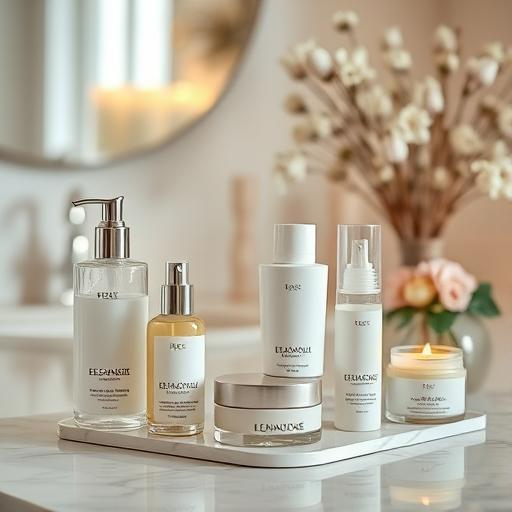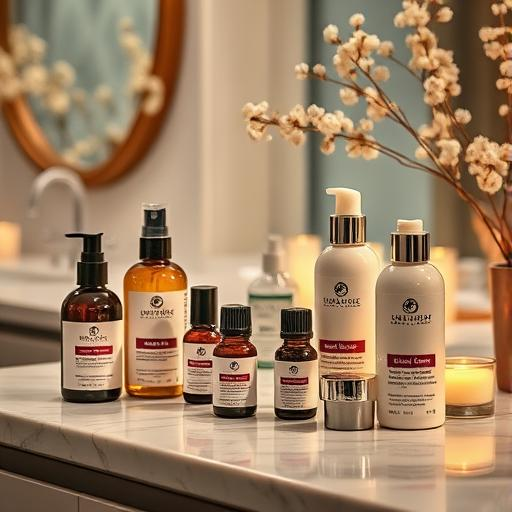
The Science of Skin Fasting: Does Skipping Products Actually Improve Your Complexion?
In the world of skincare, less is often more—but could taking a break from your routine entirely be the secret to glowing skin? Enter skin fasting, a trend that encourages skipping products to let your skin “reset.” But does it really work? Let’s dive into the science behind this buzzy concept.
What Is Skin Fasting?
Skin fasting is the practice of temporarily pausing your skincare routine—or simplifying it drastically—to allow your skin to rebalance naturally. The idea is that by reducing product overload, your skin’s natural oils and microbiome can recover, leading to fewer breakouts, less irritation, and a healthier glow.
The Theory Behind Skin Fasting
Proponents of skin fasting argue that modern skincare routines can sometimes do more harm than good. Overuse of active ingredients (like retinoids, acids, and exfoliants) may disrupt the skin barrier, leading to sensitivity, dryness, or even rebound oil production. By taking a break, your skin may regain its natural equilibrium.
What Does Science Say?
While there’s limited direct research on skin fasting, dermatologists agree that simplifying your routine can benefit certain skin types, especially if you’re experiencing irritation or product fatigue. Here’s what we know:
- Barrier Repair: Skipping harsh actives can help repair a compromised moisture barrier.
- Microbiome Balance: Over-cleansing can strip good bacteria; reducing products may support a healthier microbiome.
- Oil Regulation: For some, cutting back on heavy moisturizers allows skin to recalibrate oil production.
Who Should Try Skin Fasting?
Skin fasting isn’t for everyone. It might help if:
- Your skin is irritated, red, or reactive.
- You’ve been using too many actives and see no improvement.
- You want to reassess which products your skin truly needs.
However, if you have chronic conditions like eczema, rosacea, or severe acne, consult a dermatologist before making changes.
How to Skin Fast Safely
If you want to experiment, follow these steps:
- Start Slow: Eliminate one product at a time (e.g., skip serums but keep cleanser and moisturizer).
- Hydrate: Don’t abandon basics like sunscreen and a gentle moisturizer if needed.
- Observe: Track changes in texture, oiliness, and breakouts over 1-2 weeks.
The Bottom Line
Skin fasting isn’t a miracle cure, but it can be a useful reset for overworked skin. Listen to your skin’s needs—sometimes, less really is more! If you’re unsure, a dermatologist can help tailor a balanced approach.
Have you tried skin fasting? Share your experience in the comments!
“`
RELATED POSTS
View all


